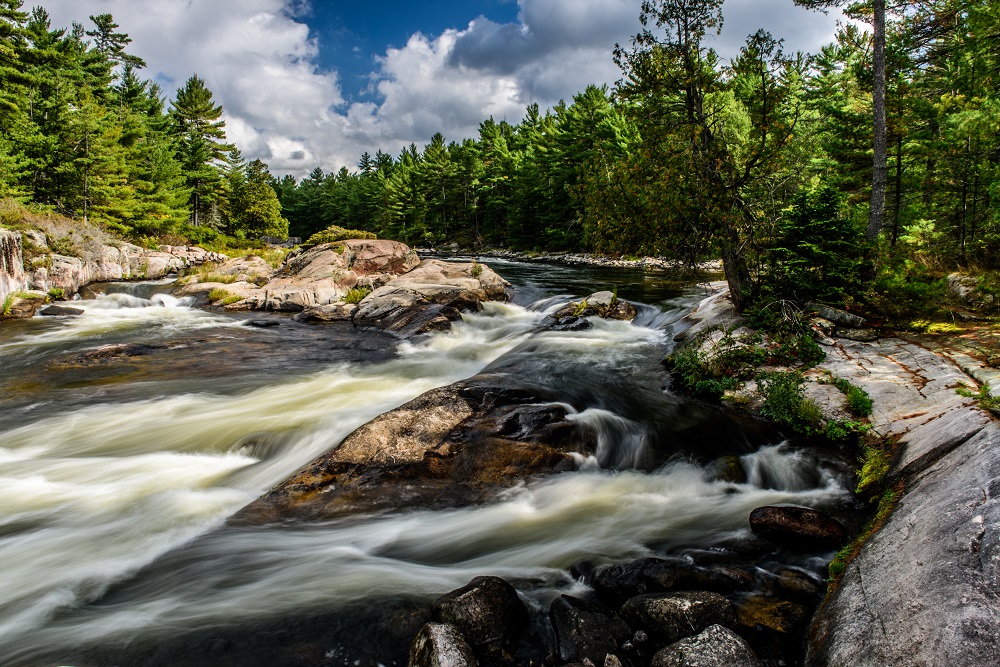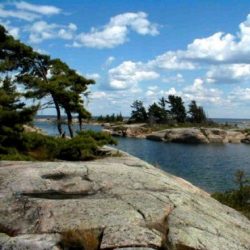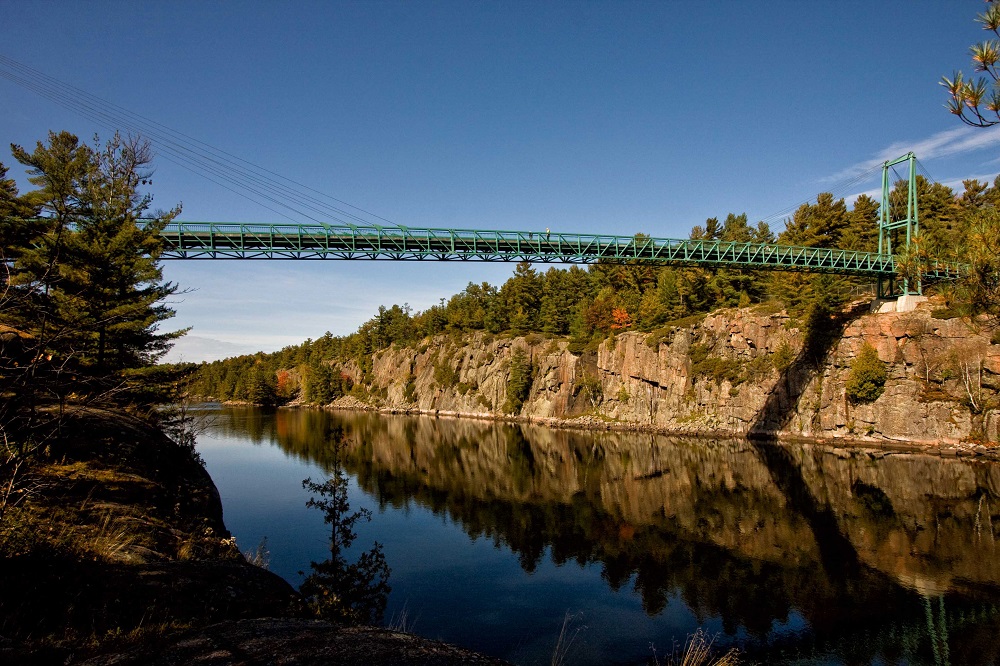
The Georgian Bay Biosphere: A Unique Place in the World
Writer Bill Farnsworth discovers what the Georgian Bay Biosphere is all about and what makes it so impressive.
There has always been something particularly alluring about Georgian Bay.
For hundreds of years, explorers, adventurers and artists have been drawn to its rugged shores, where windswept pines and granite outcrops merge with the expansive waters of Lake Huron – part of the North America’s great lakes system. With 30,000 islands nestled here, Georgian Bay is the world’s largest freshwater archipelago (a stretch of water containing many islands) and it’s known internationally as a genuinely unique place on the planet.

Georgian Bay is so unique and ecologically significant that in 2004 UNESCO (the United Nations Educational, Scientific and Cultural Organization) designated part of the bay’s shoreline as an official Biosphere Reserve, one of 18 such important ecosystems in Canada and over 270 in 120 countries. Stretching 200 km from Port Severn, Muskoka in the south to the French River north of Parry Sound, the Georgian Bay Biosphere is more than half the size of Prince Edward Island.
 Staffed out of the organization’s office in Parry Sound, Ontario, the Georgian Bay Biosphere mandate is threefold: the conservation of biodiversity, the implementation of sustainable development practices, and research and education. The organization offers workshops and learning events throughout the year, such as Eat Around The Sound (EATS) series, the annual Georgian Bay Water Festival and screenings of the Reel Paddling Film Festival and Striking Balance documentary series. Follow the Biosphere’s Facebook page for upcoming workshops and events. Their website also has a special Kids in the Biosphere section, complete with activity pages, a biosphere blog and the Great Photo Scavenger Hunt, where kids can submit their own photos that celebrate the region’s biodiversity.
Staffed out of the organization’s office in Parry Sound, Ontario, the Georgian Bay Biosphere mandate is threefold: the conservation of biodiversity, the implementation of sustainable development practices, and research and education. The organization offers workshops and learning events throughout the year, such as Eat Around The Sound (EATS) series, the annual Georgian Bay Water Festival and screenings of the Reel Paddling Film Festival and Striking Balance documentary series. Follow the Biosphere’s Facebook page for upcoming workshops and events. Their website also has a special Kids in the Biosphere section, complete with activity pages, a biosphere blog and the Great Photo Scavenger Hunt, where kids can submit their own photos that celebrate the region’s biodiversity.
Species-At-Risk & Citizen Science
The ecology within the borders of the Georgian Bay Biosphere is so diverse that it contains more than 1000 distinct habitat types. For this reason, the area is home to more than 40 species-at-risk, including birds, reptiles, plants and mammals. On the Biosphere’s website I found a link to the “Citizen Science” section, where ordinary folks like me can find a species-at-risk sighting report which, once filled out, helps the Biosphere and the Ministry of Natural Resources track the movements and existence of some of the province’s most threatened creatures. Some of the more well-known at risk species include the Massasauga Rattlesnake, the Blandings Turtle, the Monarch Butterfly and the Bald Eagle. Some of the lesser known species to watch for include the Red Headed Woodpecker, the Five-lined Skink and the Western Chorus Frog. The species at risk section of the Biosphere website has descriptions of each species, their food sources and habitats, which can help make your trip to the Biosphere one of adventure and discovery: keep your eyes open!
![]()
Amazing Places of Georgian Bay
If you are looking for ways to experience the Georgian Bay Biosphere, be sure to visit the Amazing Places of Georgian Bay website. The site lists 10 must-see destinations throughout the reserve, including the scenic lookout tower in Parry Sound, a cranberry marsh, multi-use trails perfect for outdoor adventures, an amazing suspension bridge over the French River Gorge, and more. Click here for some additional ideas on what to see and do when you visit the Amazing Places found in the Georgian Bay Biosphere.

This year, plan a trip to see one of the world’s most diverse and unique regions. Whether you are looking for a solitary place to enjoy nature, an educational experience or the opportunity to explore picturesque small towns, the Georgian Bay Biosphere in the wilderness north of Toronto offers a glimpse into the Canadian landscape as you have never experienced it before.
To plan your stay, click here.
![]()
